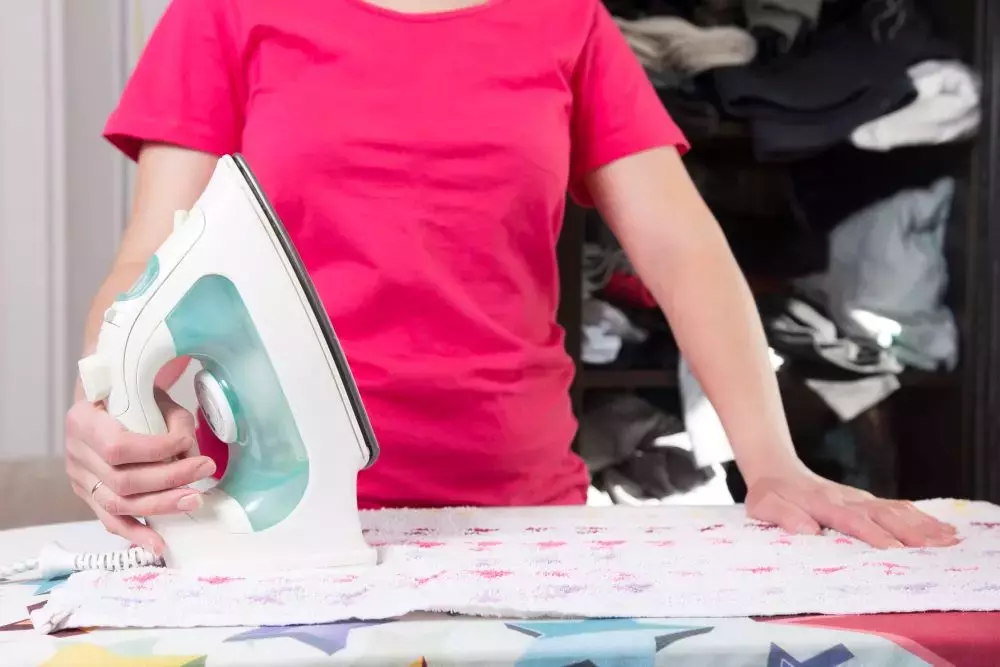Pressing vs. Ironing: What’s the Difference
2020-03-30
While some will surely be excited to see the difference, I can already hear the groans. Yes, some of us have been pressing or ironing wrong. Learning the difference between these two can make your DIY projects end-result slightly better, but it can also make the entire process easier. Having your pressing and ironing done correctly can make working on your sewing machine more enjoyable, and the results more predictable.
What is Ironing?
You may have been ironing when you should have been pressing. Let go of your past mistakes because these terms often go hand in hand, and ironing is what most people learn to do as an essential life skill.
Ironing smooths wrinkles out of garments, and premade items (including fabric). The motion of ironing is to take your material, smooth it out with your hands, then, with your iron, move it slowly over the fabric until there are no more wrinkles.
Pressing Defined
Pressing is the act of pressing the iron down directly over a piece of fabric and then lifting it. Expert crafters and sewers press to create a bold or visible change on the material. Seams are the primary example. Pressing is a simple two-step movement that should feel like flipping a light switch—one motion, down, the next, up.
Are you pressing the right way? Use these tips:
- Press and lift from the fabric with a gentle hand
- Press only on the wrong side
- Use a pressing cloth (or an old dishtowel)
- Use your iron at the appropriate setting for the fabric, when in doubt, start low and increase the heat gradually.
- Don't press over pins.
You can also consider pressing tools such as a pressing ham, or presser bar to help ease curved seams and smaller areas.
Which Should You Use?
The difference between ironing and pressing when sewing is that when you're pressing, you're not waving the iron back and forth in slow movements. When working with your sewing machine, likely, you should only press your fabric before tackling your project. Any DIY project that requires material relies on the factory produced grain and stretch of that fabric.
When you iron fabric before sewing, you risk stretching the fabric, altering the grain, and even changing the size of the piece. That is why sewers press. The lack of back and forth motion ensures that the grain and size of the fabric remain intact.
Pressing is also the best way to ensure that the seams look professional, and it can improve the overall visual quality of the complete project.
Completing any project in a professional manner requires the right tools to get the best results. Be sure to check out GoldStar Tool for all of your sewing needs and contact us if you have any questions.





